The rites of hajj
Pilgrims undertake a series of rites during their pilgrimage to Mecca.
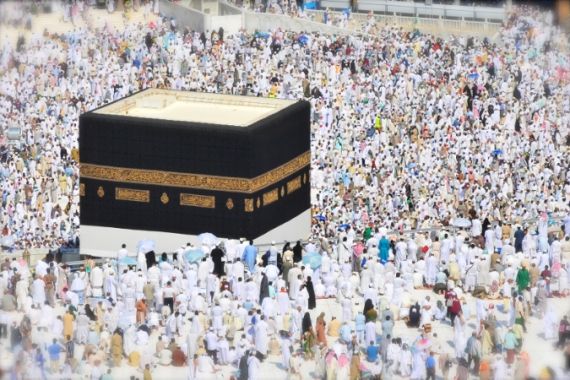
The pilgrimage begins on the 8th day of the month of Dhul-Hijjah on the Islamic calendar. Pilgrims will spend the next five or six days undertaking a series of rites in Mecca, Mina and on Mount Arafat.
Start of hajj
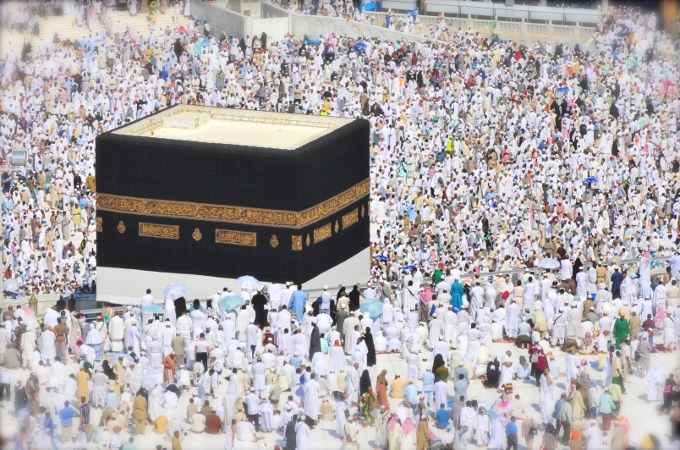
Today marks the first official day of the pilgrimage in which pilgrims enter ihram – the sacred state that entails wearing two white, unstitched pieces of cloth for men, and any loose-fitting clothing for women – before crossing the outer boundaries of the city of Mecca, called Miqat.
While in ihram, pilgrims may not cut their hair, hunt or engage in sexual activity.
The millions of pilgrims who have gathered in Mecca now set out on an 8km journey for the sprawling tent-city of Mina by foot, bus or car. There they will spend the day and night, before setting out at dawn the next morning.
Day of Arafat
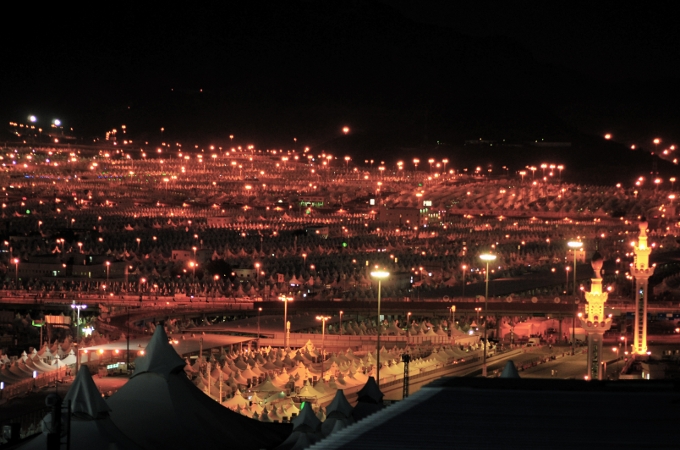
The pilgrims leave Mina for the 14.4km journey to the plain of Arafat – on a day considered one of the most important in the Islamic calendar.
Mount Arafat was the location of the Prophet Muhammad’s final sermon, and it is here that pilgrims will spend the day in prayer and reflection until sunset.
Muslims who are not at the hajj join them in spirit by fasting this day.
At sunset, pilgrims head to Muzdalifah, about 9km away, where they will spend the night under the open sky until just before sunrise; while some will begin to collect pebbles for the next day’s rites.
Eid Day
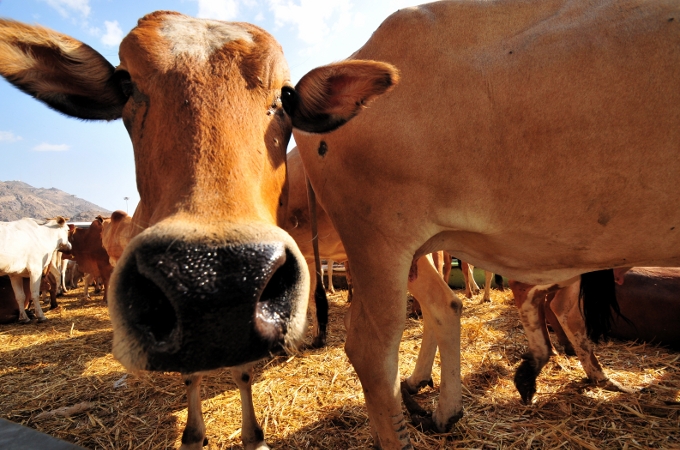
While Muslims around the world will be celebrating the holiday of Eid al-Adha today, those at Hajj begin their longest day, and most dangerous, day of the pilgrimage.
Before dawn, pilgrims begin heading back to Mina, where they converge at the Jamarat bridge to perform the Ramy – a symbolic rite in which pebbles are thrown at pillars that represent the temptations of Satan.
While tossing their pebbles, pilgrims recall the story of Satan’s attempt to dissuade the Prophet Abraham from following God’s command to sacrifice his son, according to historic tradition.
After casting their stones, the pilgrims sacrifice a sheep, goat, cow or camel and give away the meat to the poor – in line with the historic tradition in which Abraham went to sacrifice his son, and found that God had placed a ram there to be slaughtered instead.
At this time, pilgrims trim (or shave if they are men) their hair and remove their ihram clothes.
Final days
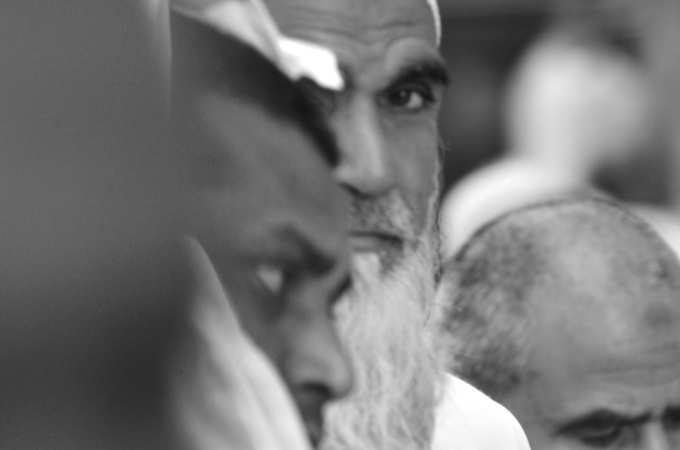
Many will move on to Mecca to perform tawaf and sa’ee – circling the Kaaba seven times, and walking seven times between the hills of Safa and Marwa, in remembrance of the plight of Abraham’s wife Hajar, who desperately scoured the area in search of water for herself and son before a spring, known as zamzam, welled up before her. When all is done, the pilgrims return to their campsite in Mina.
Pilgrims spend the next two or three days in Mina.
On each day, they will again symbolically stone the devil – this time throwing seven pebbles at each of the three pillars.
The pilgrims then return to Mecca to perform the final circulation of the Kaaba, in what is known as the Farewell Tawaf before heading back to their respective homes across the globe.